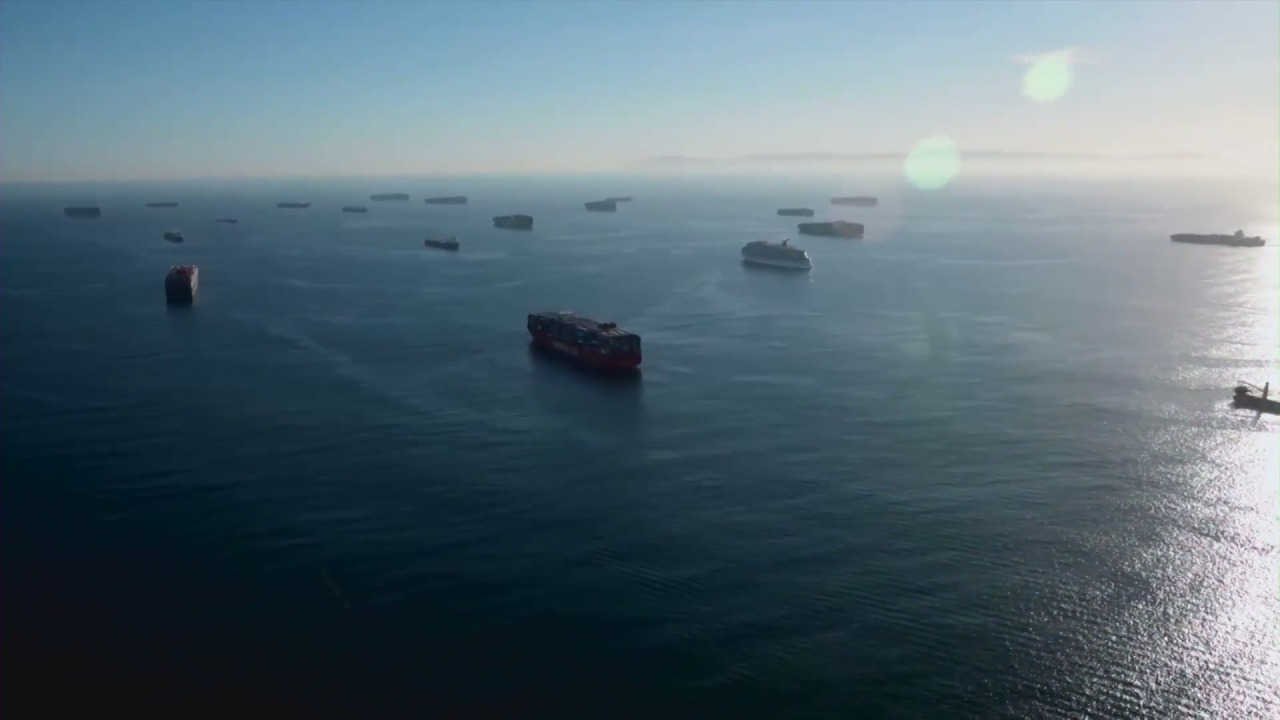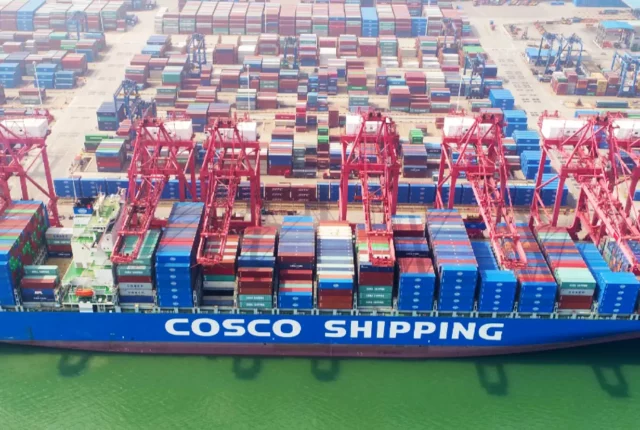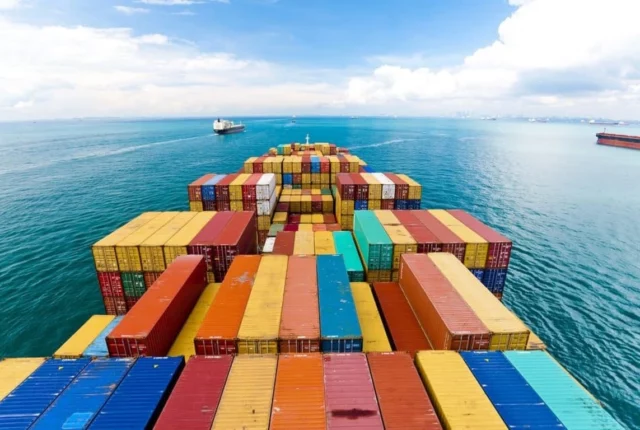
Container Shipping Congestion in L.A.
Due to the huge amount of container shipping congestion in L.A., sailing around the breathtaking backup of container sea shipping vessels off the jammed ports of Los Angeles and Long Beach has prevented sailing around the coastline.
Newly arriving vessels are adding to a record-breaking flotilla waiting to unload cargo that on Sunday reached 73 ships, according to the Marine Exchange of Southern California, nearly double the number a month ago and expanding a fleet that has become a stark sign of the disruptions and delays roiling global supply chains.
Before the pandemic, it was unusual for more than one ship to wait for a berth.
Big commercial cargo vessels are continuing to join the bottleneck, experts say, because shipping lines and their cargo customers have few options for resetting countless supply chains moving goods into the U.S. that have been constructed over decades around the critical San Pedro Bay gateway now staggered by the overflowing demand for imports.
Although some ships have headed to other import gateways, and a handful of shippers have chartered smaller vessels to move goods through other ports, the diversion is minor compared with the hundreds of thousands of containers idled in the waters off Southern California.
The congestion this year has been caused by a surge in imports as consumer demand in the U.S. has shifted away from services to goods and home improvements and retailers have rushed to restock inventories that were depleted last year in the early months of the pandemic.
The neighbouring California ports are the principal seaborne gateway to the U.S. thanks to the growth of containerization over the past 60 years and an explosion in goods trade, particularly U.S. trade with China. Last year, the two ports handled the equivalent of 8.8 million loaded import containers, more than double the 3.9 million loaded boxes that arrived at the nation’s next busiest port at New York and New Jersey.
The California ports are in easy range of China and the factories that churn out big volumes of electronics, apparel and an array of other consumer goods. They have enough land to house dozens of cranes capable of emptying large ships as well as sprawling terminals to store boxes.
For the retailers that are among the major importers at Los Angeles and Long Beach, the ports offer quick reach to one of the largest population centres in the country. That means they can split arriving goods between a large local consumer base and rail links that offer steady, direct transport to the rest of the U.S. through inland hubs, with most of the boxes heading through Chicago. Despite some shortages, the availability of trucking equipment, warehouse space and labour is also far greater than at other ports.
Executives say demand is so high that shippers are willing to take almost any route into the country to replenish inventories in time for the holidays.
“Congestions issues are causing headaches for everyone but we are using every solution available to continue moving our customer’s goods into and out of the USA particularly in the run up to the holiday season.” said David Aherne the President of Freight Forwarder Across the Ocean Shipping USA and Australia.
Some shippers have shifted their sea freight services to U.S. Gulf and East Coast ports, but that alternative also comes at a cost since it adds weeks to transit times from Asia and the longer routes are more expensive than shipping into the West Coast.
In recent weeks, the Port of Savannah has had 20 or more ships at anchor waiting for a berth. Griff Lynch, executive director of the Georgia Ports Authority, said he expected the congestion would last for at least a couple of more weeks as shipping’s peak season continues. Companies that mitigated risk by shipping through alternative ports have found themselves snarled by the Southern California congestion in other ways, too.
Utah-based furniture retailer that started shipping by sea some of its goods through Port Houston a few years ago, now is struggling to source containers because hundreds of thousands of the boxes are floating on ships waiting to unload at Los Angeles and Long Beach.
Across The Ocean Shipping continues to provide solutions into the USA during this tough congestion period. Contact us today for assistance on international logistics into or out of USA.






